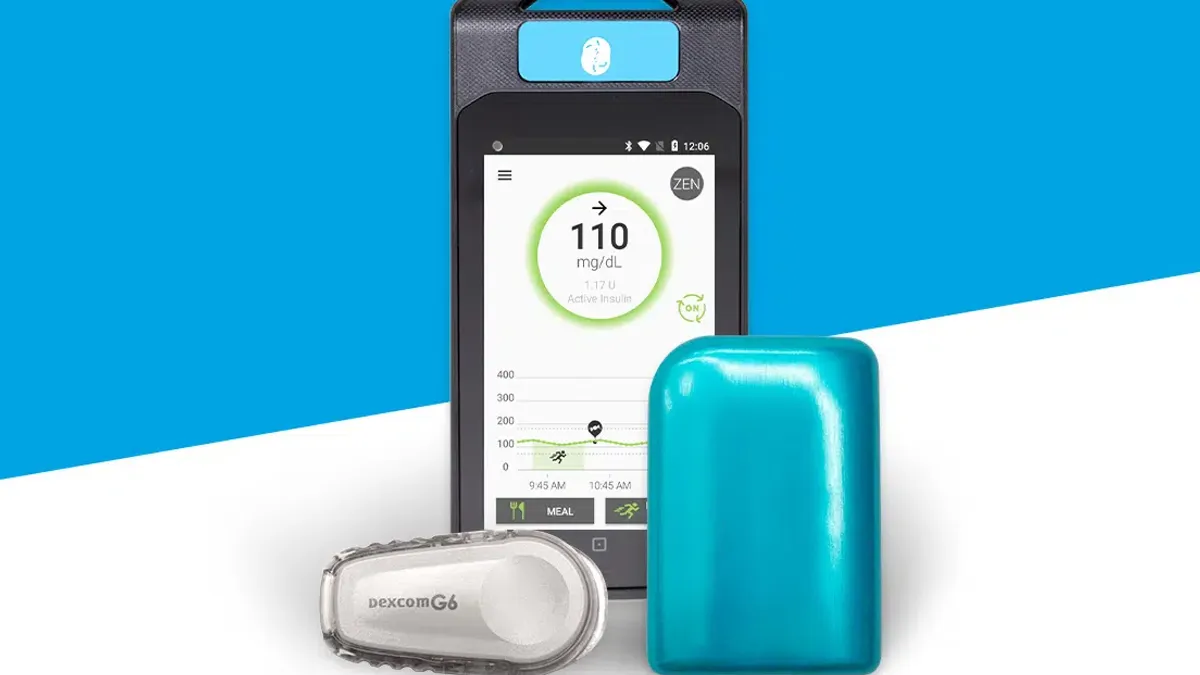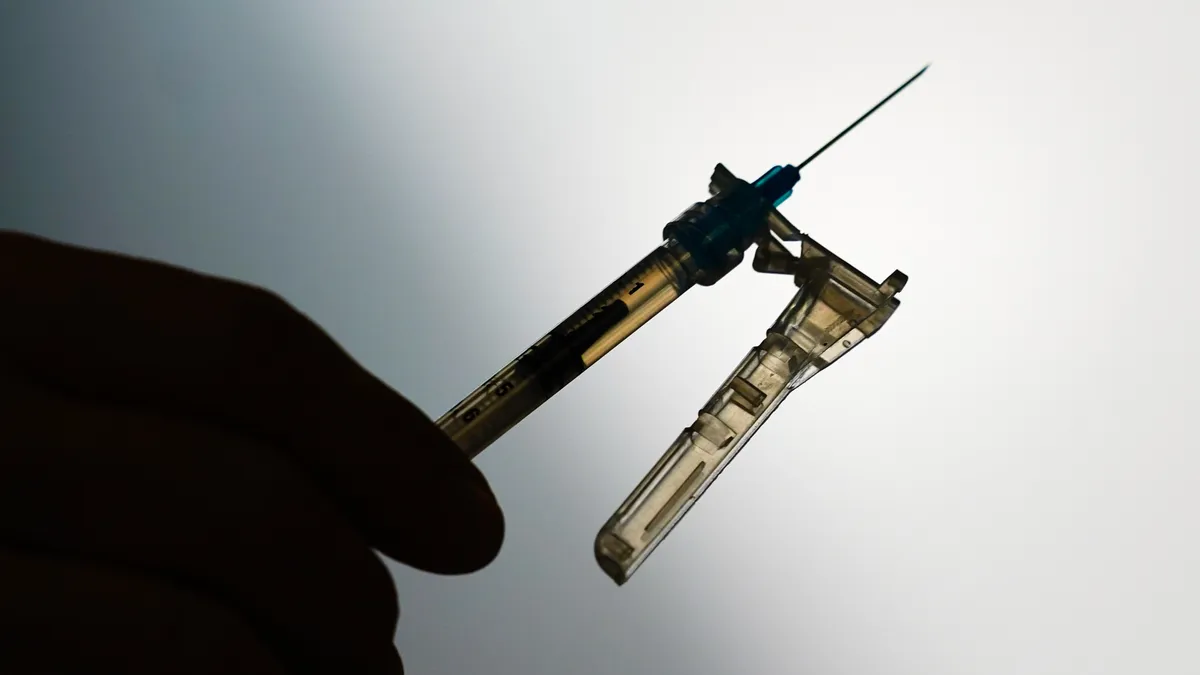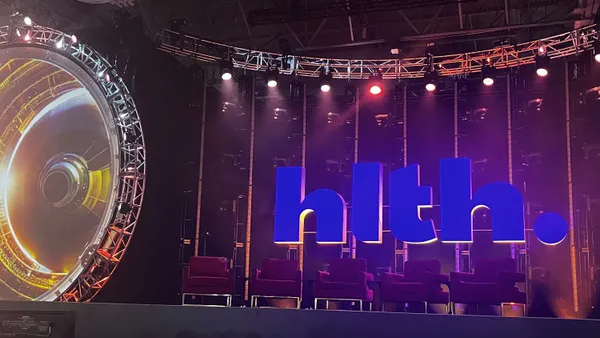Dive Brief:
- Diabeloop has released 12-month, real-world data on an algorithm designed to automate insulin delivery, linking the technology to improved time in range.
- Time in range improved by 17.6 percentage points over one year of real-world use by 4,162 patients in five European countries, leading Diabeloop to report that about half of the group that used its device achieved recommended outcomes, versus 27% under standard treatment.
- Hypoglycemia, or low blood sugar, was rare. On average, patients spent less than 20 minutes a day in hypoglycemia, compared to the maximum of 60 minutes recommended in guidelines.
Dive Insight:
Diabeloop has developed an algorithm that is hosted on a dedicated handset and serves as a bridge between continuous glucose monitors and insulin pumps. Every five minutes, the handset receives a glucose reading via Bluetooth. The algorithm analyzes the readings alongside information about the patient’s physiology, history, meals and exercise to determine the insulin dose to administer.
In a 12-week trial, Diabeloop found patients with Type 1 diabetes who used its Diabeloop Generation 1 (DBLG1) with the Cellnovo insulin patch-pump and Dexcom G5 CGM spent more time in range than their peers without the AI. The control group only used the Cellnovo and Dexcom devices.
Diabeloop said the real-world results, which were extracted from its YourLoops diabetes management platform, were in line with the previously presented clinical trial data. The company launched the device commercially last year. Diabeloop raised €70 million ($69 million) last year to support the rollout in Europe and global expansion.
More than 10,000 patients now are using Diabeloop devices, according to the company, and the discontinuation rate is 1%. Diabeloop said users have been able to skip some meal declarations, which inform the algorithm about what food they have consumed, and still get “satisfying results.”










